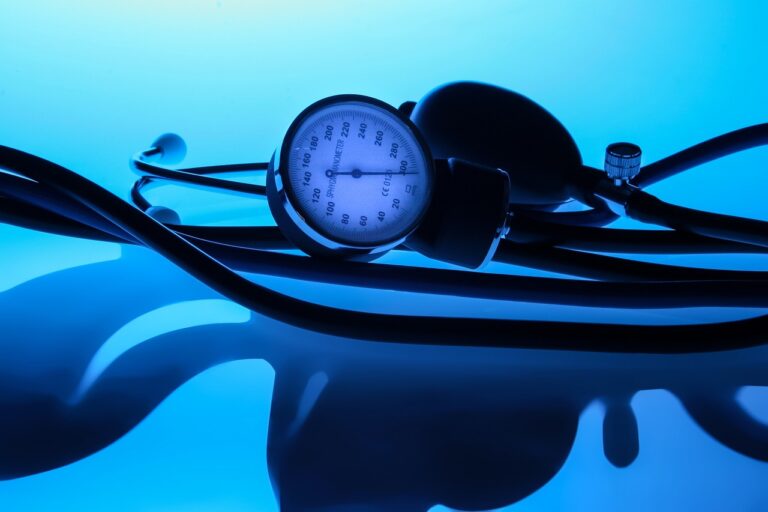Addressing Laboratory Chemical Exposure Prevention Strategies: Laser 247 new id, Lotus365win, Sky247 com login password
laser 247 new id, lotus365win, sky247 com login password: Chemical exposure in laboratories is a significant concern for the health and safety of workers. It’s crucial that organizations implement effective strategies to prevent exposure and protect their employees. In this blog post, we’ll explore some key prevention strategies for addressing laboratory chemical exposure.
Assessing Chemical Hazards:
The first step in preventing chemical exposure is to assess the hazards present in the laboratory. This includes identifying the types of chemicals used, their potential risks, and the proper handling procedures. Conducting a thorough risk assessment will help determine the necessary precautions to be taken.
Proper Training and Education:
One of the most critical prevention strategies is to ensure that all laboratory personnel receive proper training and education on chemical safety. This includes understanding the hazards of different chemicals, how to handle them safely, and proper emergency response procedures. Regular training sessions and refresher courses should be provided to reinforce safe practices.
Use of Personal Protective Equipment (PPE):
Personal protective equipment, such as gloves, goggles, lab coats, and respirators, plays a vital role in preventing chemical exposure. It’s essential to provide the necessary PPE to all laboratory personnel and ensure that they are worn correctly at all times when handling chemicals.
Proper Ventilation:
Proper ventilation is crucial for minimizing chemical exposure in the laboratory. Adequate ventilation systems should be in place to remove harmful fumes and vapors from the air. Regular maintenance and inspection of ventilation systems are necessary to ensure their effectiveness.
Safe Handling and Storage Practices:
Proper handling and storage of chemicals are essential for preventing accidents and exposure. Chemical containers should be properly labeled, sealed, and stored in designated areas. Hazardous chemicals should never be left out in the open or stored haphazardly.
Emergency Response Planning:
Despite all precautions, accidents can still happen. It’s essential to have a comprehensive emergency response plan in place to address spills, leaks, or exposure incidents. All laboratory personnel should be familiar with the emergency procedures and know how to respond quickly and effectively.
Frequently Asked Questions (FAQs):
Q: What should I do if I accidentally spill a chemical?
A: If you spill a chemical, immediately alert your supervisor, evacuate the area if necessary, and follow the spill response procedures outlined in your lab’s safety protocols.
Q: When should I replace my PPE?
A: PPE should be inspected regularly for any signs of damage or wear. It should be replaced immediately if it is damaged, torn, or no longer provides adequate protection.
Q: Can I use household cleaning products in the laboratory?
A: No, household cleaning products should never be used in the laboratory. Only approved chemicals should be used, and all cleaning procedures should be performed according to safety guidelines.
By implementing these prevention strategies and prioritizing the safety of laboratory personnel, organizations can create a safer working environment and reduce the risks associated with chemical exposure. Remember, safety always comes first in the laboratory!







